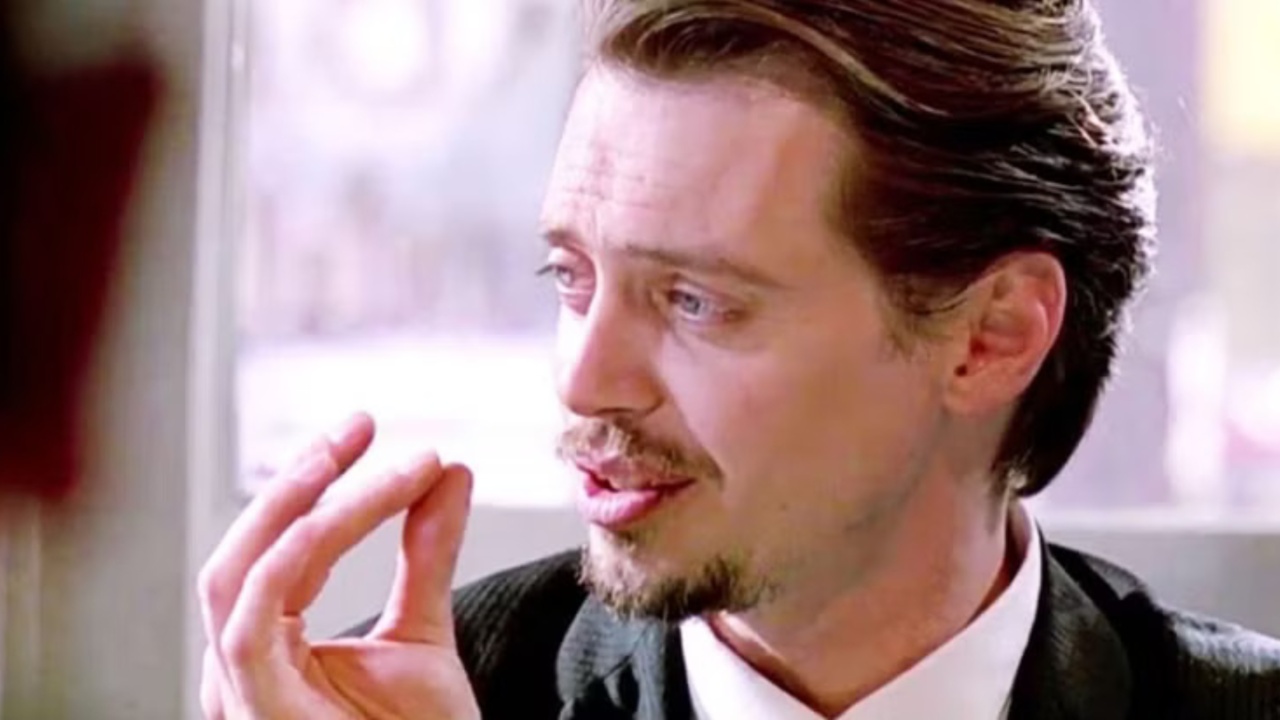Quentin Tarantino’s Reservoir Dogs concludes with a tense and bloody finale that resolves many character arcs but leaves Mr. Pink’s fate ambiguous. The film emphasizes both the camaraderie that arises during a heist and the egocentric behaviors that ultimately undermine the team. The climax, a Mexican standoff, serves as a literal and figurative turning point, enabling Mr. Pink to escape while delivering retribution for a murdered cop. Tarantino’s sound design subtly highlights the uncertainty surrounding Mr. Pink’s ultimate outcome.
From the start, Tarantino distinguishes himself as a director through a non-linear narrative. The film opens with an iconic diner scene that introduces the characters, establishing their personalities and motivations. The story then jumps back and forth in time, reflecting the confusion of the characters as they try to piece together the heist gone wrong. Central to the plot is a diamond heist orchestrated by gangster Joe Cabot and his son Eddie, with a crew of criminals identified only by color-coded aliases, including Mr. White, Mr. Blonde, Mr. Blue, Mr. Brown, Mr. Pink, and the undercover cop, Mr. Orange.
Heist Fails Due to Greed, Mistrust, and Characters’ Pride Under Pressure
Tarantino uses editing and implication rather than explicit action to convey the heist’s failure. After the robbery, the crew regroups at a warehouse where tensions rise, showing Mr. Blonde’s violent tendencies and Mr. Pink’s survival instincts. Mr. Orange’s undercover status and his pivotal role in tipping off the police become clear, connecting the chaos to his deception. The film highlights how greed, mistrust, and personal ego override strategic planning, ultimately dooming the operation.

Mr. Orange’s infiltration explains why the heist fails. Tarantino carefully portrays Orange’s preparation to act like a gangster, making him a believable member of the crew. During the aftermath, the dynamic between Mr. White and Mr. Orange emerges as a central emotional thread, with a father-son-like bond forming amid the violence. The narrative emphasizes that the heist’s collapse stems not only from Orange’s deception but also from the characters’ pride and inability to control their emotions under pressure.
Power Ego and Survival Show How Characters’ Motivations Shape the Heist’s Outcome
The film examines the personal motivations and complex relationships among the gang. Mr. Blonde’s past criminal experience and violent tendencies set him apart, while Eddie and Joe Cabot highlight power structures and the need for validation. Tarantino’s dialogue-driven scenes reveal shifting power dynamics, masculinity, and morality within the group. Mr. Pink’s pragmatism and detachment contrast with the egotism of his peers, making him the most calculating and survival-minded character.
The film’s climax centers on a chaotic Mexican standoff at the warehouse. Joe identifies Mr. Orange as a police informant, triggering a chain of gunfire that results in multiple deaths. Mr. Pink cleverly avoids the violence, reinforcing his reputation as a professional and observant criminal. The standoff highlights the fatal consequences of poor communication, unchecked ego, and rigid adherence to male bravado.
In the final moments, Mr. Pink successfully escapes with the diamonds, demonstrating his intelligence and pragmatism. While the focus shifts to Mr. White and Mr. Orange’s tragic confrontation, subtle sound cues hint at Mr. Pink’s continued presence outside the warehouse. Tarantino leaves his fate unresolved, emphasizing the film’s tension and moral ambiguity. The ending reinforces Mr. Pink’s calculated survival while highlighting the human and emotional costs endured by the others.



